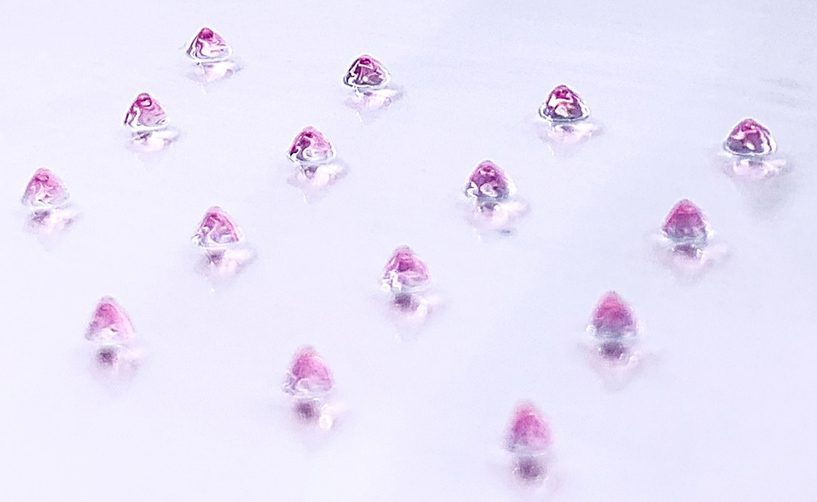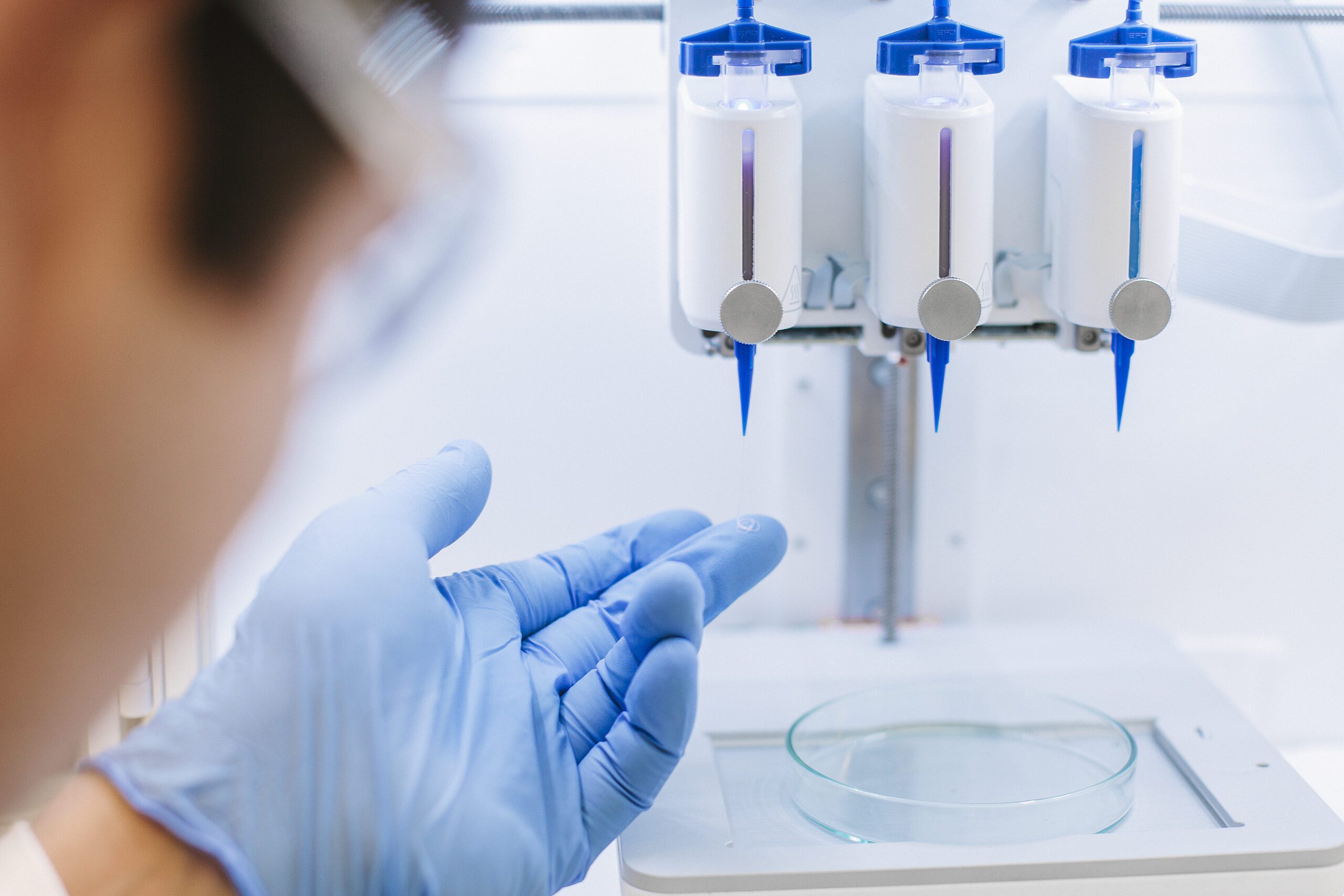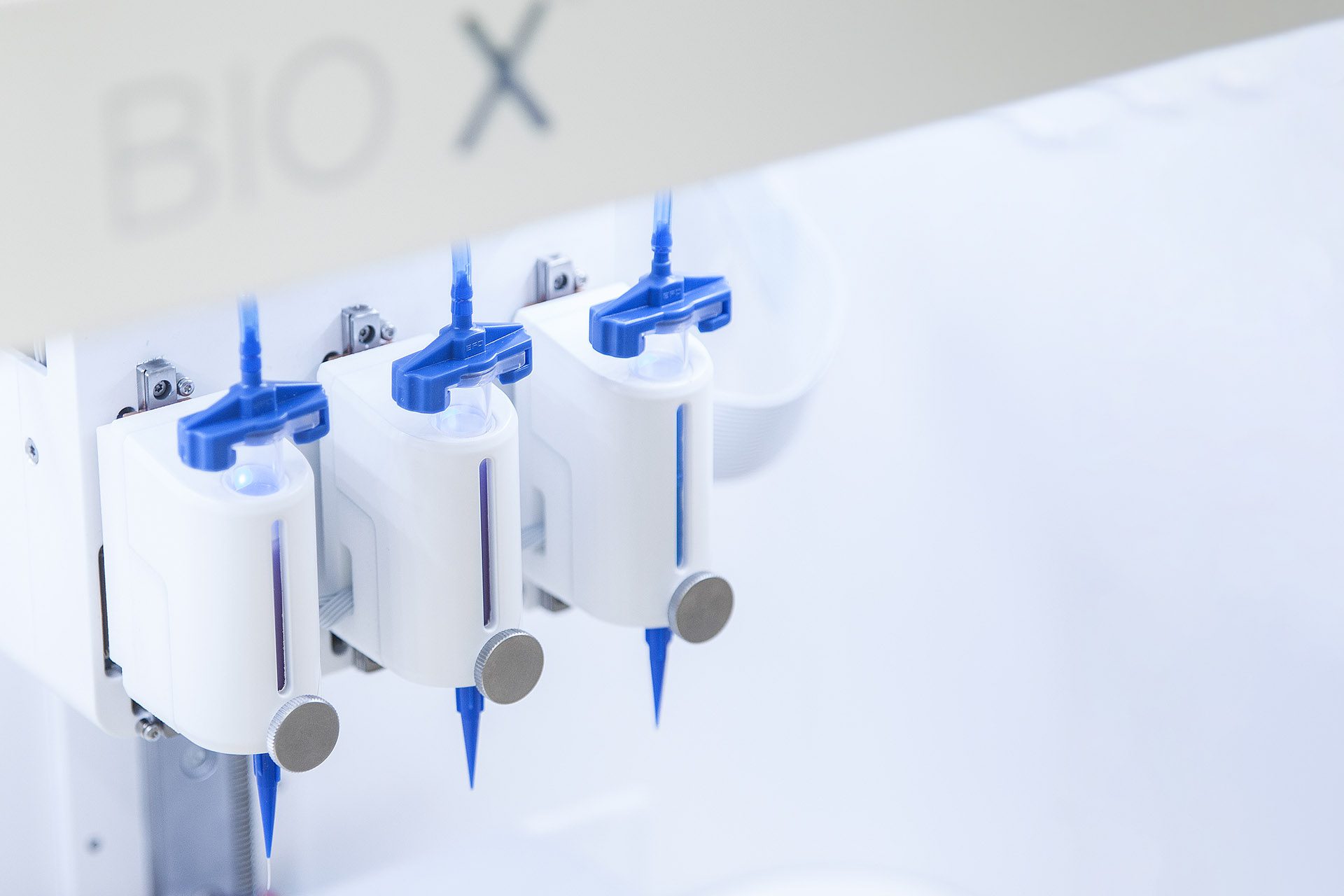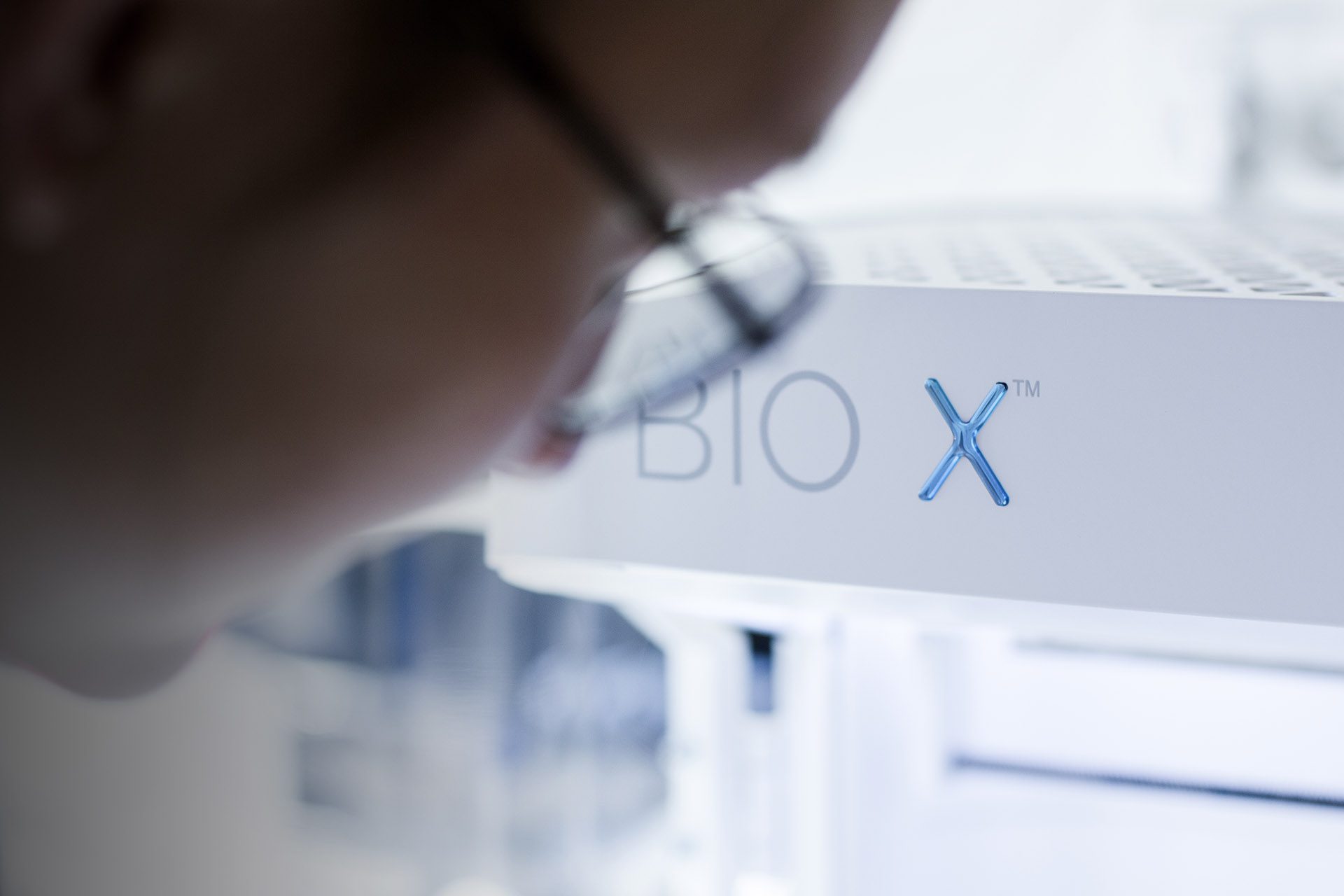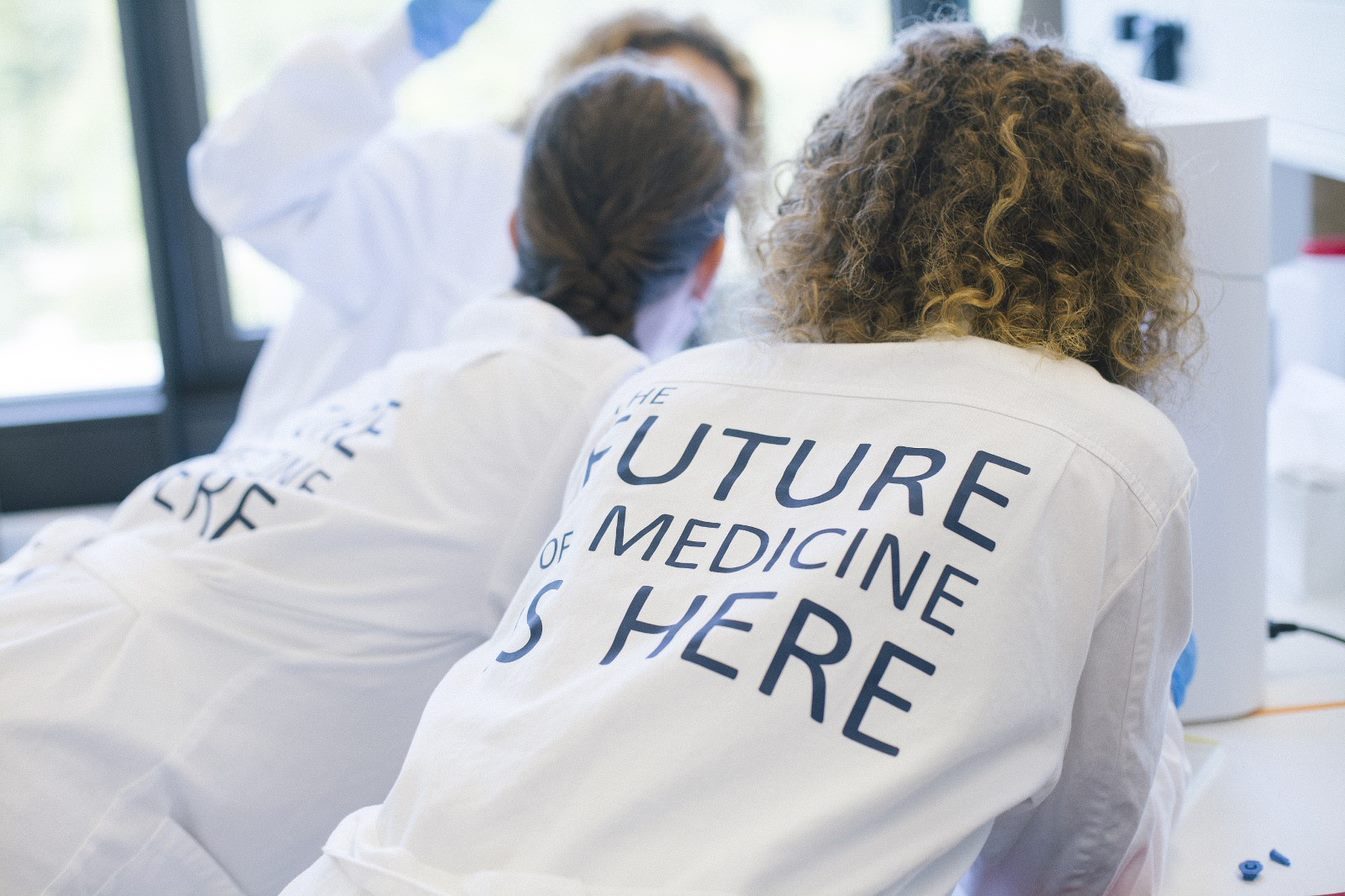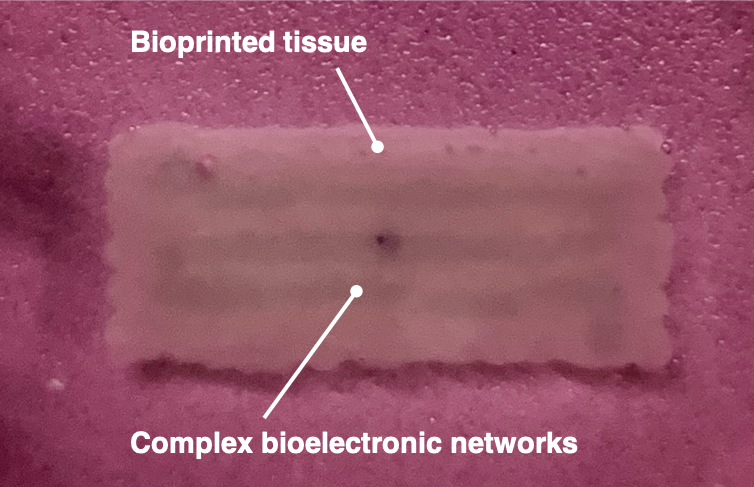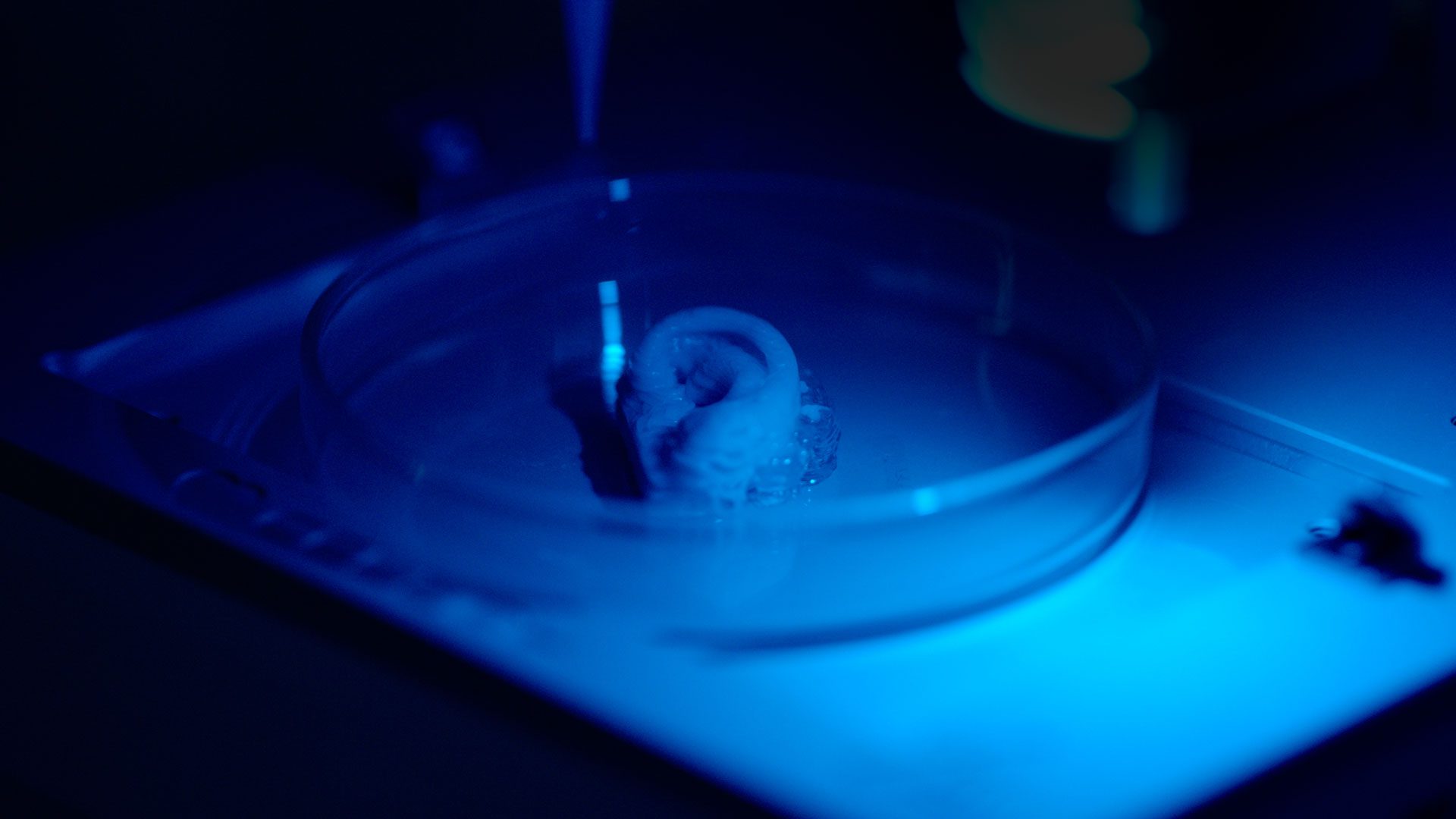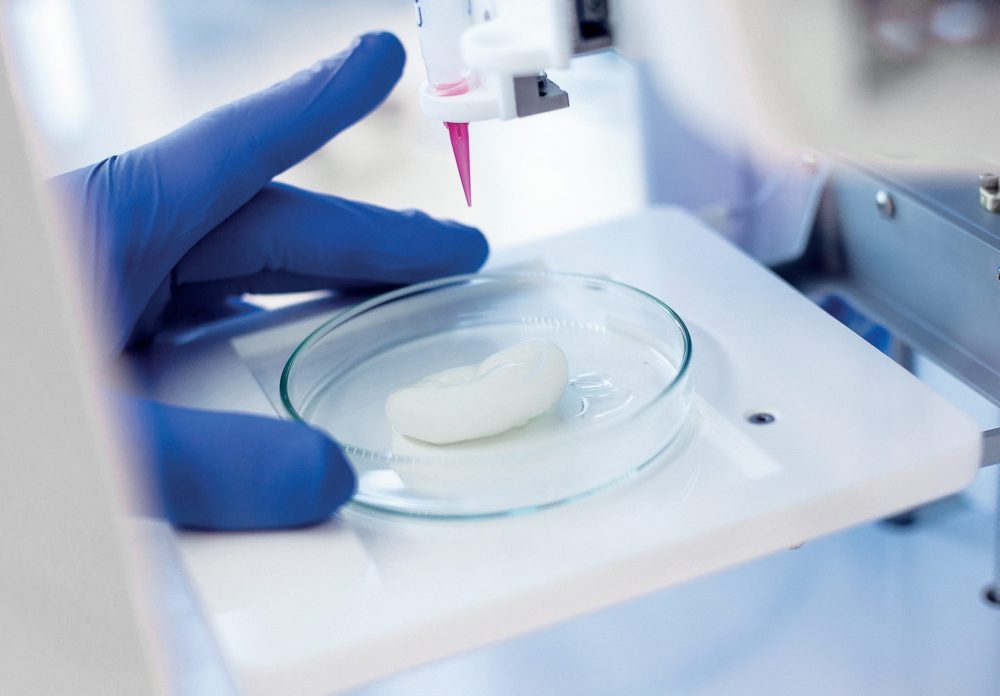How CELLINK is driving the future of space exploration
In this effort, CELLINK is collaborating with a team of scientists led by Professor Elena Kozlova at Uppsala University to send bioprinted stem cells to space. We bioprinted the cells in our Gothenburg office using CELLINK Bioink and GelMA on a BIO X. The Swedish Space Agency successfully launched the samples on a Maser14 rocket on June 24 2019.
What is the study about?
What are the goals of the study?
The study has two main goals:
- We want to investigate whether bNCSCs can maintain their stemness and capacity to support other cells after being subjected to microgravity.
- We’ll also see how well CELLINK’s scaffolds protect the cells and their proliferative properties.
Why bNCSCs?
It’s impossible to isolate and study cells within an astronaut – this kind of research is conducted by sending up small, separate samples of cells.
bNCSCs proliferate, and we can leverage that property to extract a lot of insight on how space influences proliferation and development.
How was it done?
We printed the cells in our Gothenburg office. They were printed on our BIO X, and we used CELLINK Bioink and CELLINK GelMA to provide an environment protective against the high-G forces of space.
“As the first bioink company and leading provider of bioprinting solutions, CELLINK has a special position in the biofabrication field that gives us deep expertise on how to develop validated tissue models that will meet collaborators’ needs. By supporting Uppsala University with robust and reproducible cell samples, CELLINK is bringing the future of space travel a little closer to everyone,” said Itedale Namro Redwan, Chief Scientific Officer at CELLINK.
The commercialization of space is taking off, and improving our understanding of gravity’s cellular effects will help us understand how astronauts respond to space at a genetic level. The insights gained by this study will have strong potential to enable both government and commercial operators to extend and enhance space missions.
More research being done
In 2022, we continued the cooperation with Elena Kozlova and Uppsala University and sent more 3D bioprinted constructs with cells to space, on the SubOrbital Express 3. With this experiment, Kozlova’s team is further studying the effects of microgravity on beta cells for diabetes research.
